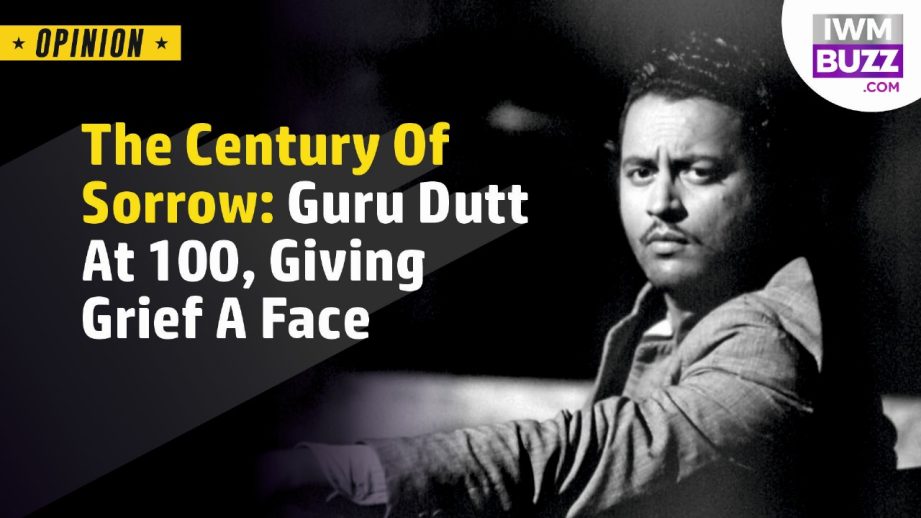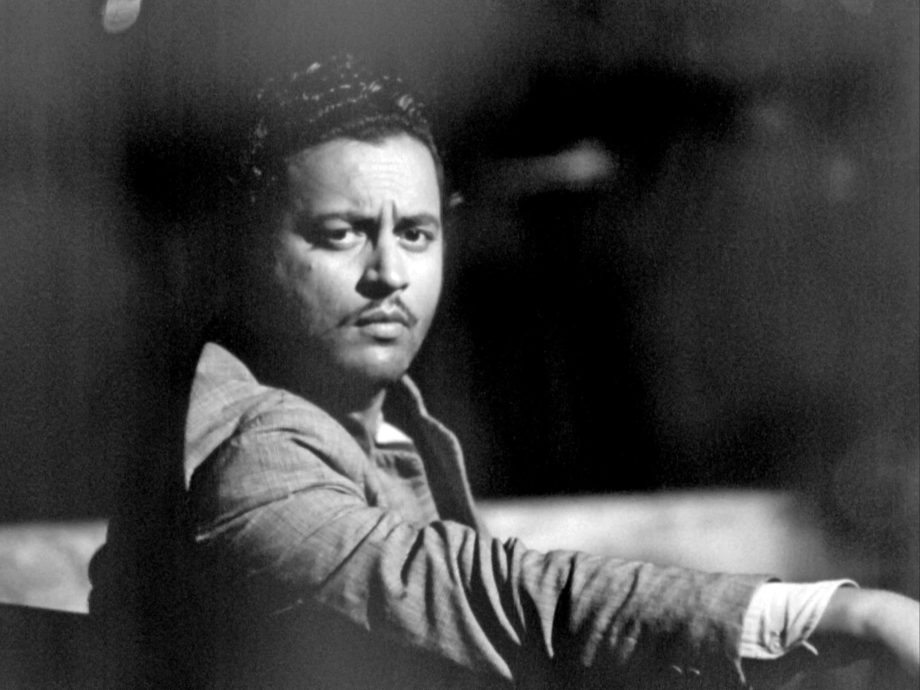
“Yeh duniya agar mil bhi jaaye toh kya hai?”
“Even if I were to gain the world, what would it matter?”
–Speaks to a kind of disillusionment that is deeply human and timeless. And it captures, in one haunting breath, the spirit of the man behind it: Guru Dutt. A hundred years after his birth on July 9, 1925, we still return to these words, these films, and this voice that seemed to understand the ache beneath our everyday lives.
Guru Dutt didn’t just make cinema. He made sorrow visible. His films weren’t stories stitched together for escape or entertainment. They were quiet storms of longing, loneliness, and unfulfilled desire. In an age that celebrated heroes and happy endings, Dutt introduced us to the defeated, the forgotten, and the dreamers who burn out too soon.

Born in Karnataka and raised in Bengal, Guru Dutt carried with him the contradictions of his time. A boy from a modest background who fell in love with poetry, music, and the visual arts. When he arrived in Bombay in the 1940s, he didn’t storm the industry. He crept in gently, first as a choreographer, then as an assistant, and eventually as one of the most visionary directors the country would ever know.
His breakthrough came not just through talent, but through conviction. Films like Pyaasa, Kaagaz Ke Phool, and Sahib Bibi Aur Ghulam didn’t just break cinematic ground; they broke emotional ground. They told stories that were ahead of their time, of artists forgotten by a consumerist society, of women erased by patriarchy, of fame that fades faster than love. These were not the narratives that Indian cinema was used to, but Dutt made them unforgettable.
His cinematic style was as distinctive as his themes. He used light and shadow like paint on a canvas. His frames were composed with the care of a poet choosing each word. He wove music and story like inner monologues.
But while his films soared, his personal life crumbled.
Guru Dutt lived with a quiet despair that never quite left him. His troubled marriage with singer Geeta Dutt, his complicated relationship with actress Waheeda Rehman, and his lifelong struggle with depression cast a long, dark shadow. The sorrow in his films wasn’t imagined, it was real. It was lived. He attempted suicide twice. On his third attempt, in October 1964, he succeeded. He was just 39.
And yet, what he left behind continues to breathe. His work speaks across time. Even today, young filmmakers find in his films a kind of emotional clarity that feels rare and raw. Critics revisit his frames not just for their beauty, but for their honesty.
To remember Guru Dutt is to remember the parts of ourselves we often try to hide. Our quiet doubts, our private heartbreaks, our unspoken disappointments. He gave those feelings shape. He turned them into poetry. And in doing so, he gave generations of artists and audiences permission to feel more deeply.
As we celebrate his 100th birth anniversary, we are not just looking back at a filmmaker. We are honouring a man who dared to ask the hard questions, who looked into the emptiness and made something beautiful out of it.
His films remain, not just as works of art, but as acts of courage — tender, tragic, and deeply human. Guru Dutt may have lost faith in the world. But the world, a century later, still finds meaning in him.
